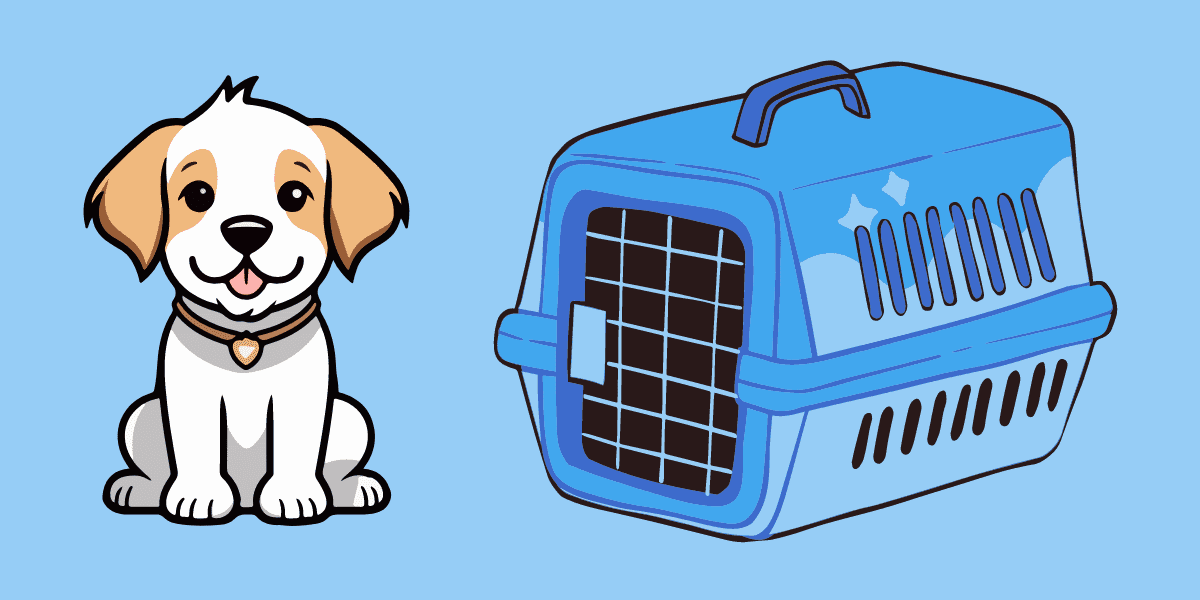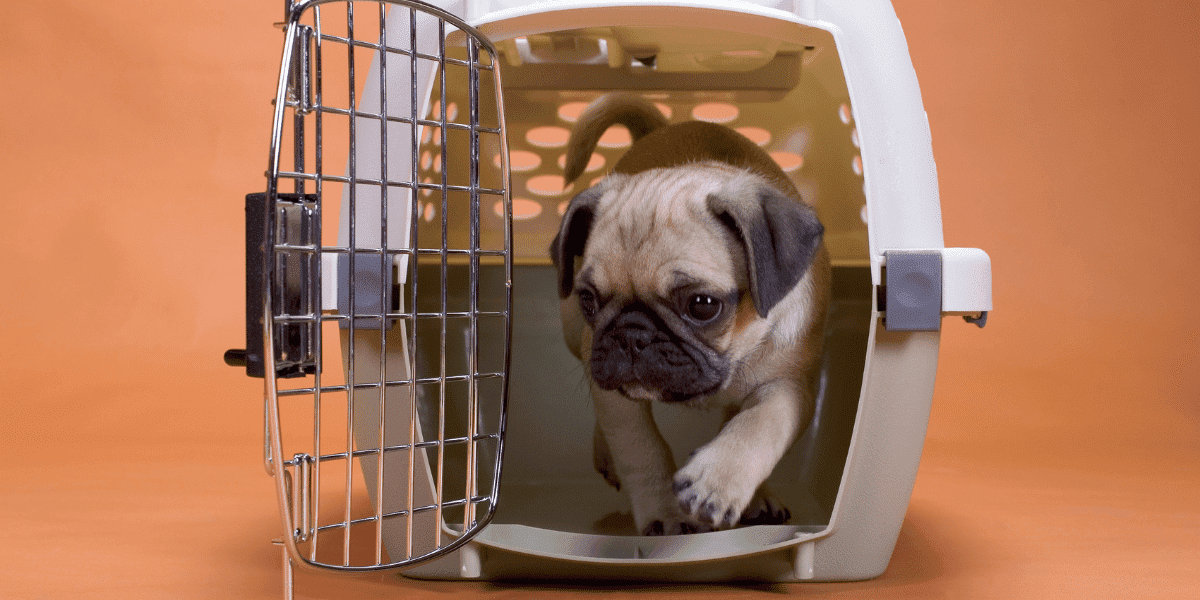Introducing crate training to your dog can be a stressful process for both you and your furry friend. It is an important step in establishing a safe and comfortable environment for your pet and can have long-lasting benefits.
The key to successful crate training is to ensure that it is done in a way that helps to reduce your dog’s stress and make them feel secure. In this blog post, we will discuss how to introduce your dog to crate training without causing any unnecessary stress or anxiety.
We’ll cover the basics of crate training and provide tips on how to make the process as smooth and stress-free as possible for you and your pup.
What are the Benefits of Crate Training?
Crate training offers numerous benefits for both you and your dog. It serves as a cozy retreat for your pup and can aid in the housebreaking process.
Additionally, a crate can be a secure environment when you’re not at home, reducing the likelihood of destructive behavior.
The key is to make the crate a welcoming and appealing space that your dog willingly enters.
Choosing the Right Crate
Selecting the appropriate crate size is crucial. The crate should be spacious enough for your dog to stand, turn around, and lie down comfortably, but not overly large so that they can use one corner for elimination.
This instinctively encourages them to hold their bladder and bowels, supporting the housebreaking process. Opt for a well-ventilated crate with sturdy construction and secure latching mechanisms.

Introducing the Crate Gradually
Step 1: Familiarization Start by placing the crate in a common area where your dog spends time. Leave the door open and put a soft blanket or bedding inside.
Allow your dog to explore the crate naturally without any pressure. This helps them associate the crate with positive experiences from the beginning.
Step 2: Mealtime in the Crate To create positive associations, place your dog’s food bowl near the crate. Gradually move the bowl closer to the crate’s entrance over several days.
Eventually, place the bowl inside the crate so your dog enters willingly to eat. This reinforces the idea that the crate is a safe and rewarding space.
Step 3: Short Enclosures Once your dog is comfortable entering the crate to eat, gently encourage them to enter and remain inside for short periods.
Close the door briefly while you’re present, then open it and offer praise and treats. Gradually extend the time your dog spends inside the crate, ensuring they remain calm and relaxed throughout the process.
Positive Reinforcement
Reward your dog every time they enter the crate willingly. Use treats, praise, and soothing words to reinforce positive behavior.
Over time, your dog will associate the crate with positive emotions and willingly enter it even without external rewards.
Creating a Calming Environment
Make the crate a cozy and inviting space by placing comfortable bedding inside. You can also add a shirt or blanket with your scent to provide familiarity and comfort.
Using a crate cover or placing the crate in a quiet corner of the room can further reduce external stimuli and help your dog feel secure.
Avoiding Common Mistakes
- Rushing the Process: Patience is key. Rushing the crate training process can lead to anxiety and resistance. Take your time and progress at your dog’s pace.
- Using the Crate for Punishment: Never use the crate as a form of punishment. It should be a positive space where your dog feels safe, not a place associated with negative experiences.
- Leaving Your Dog for Extended Periods: Especially during the initial stages, avoid leaving your dog in the crate for extended periods. Gradually increase the time as your dog becomes more comfortable.
Gradual Alone Time
Once your dog is comfortable spending time in the crate with you present, start gradually increasing the alone time.
Begin with short intervals and gradually extend the duration. This helps your dog develop confidence and trust that you’ll return.
Monitoring Progress
Pay close attention to your dog’s behavior during and after crate training. Look for signs of stress, discomfort, or reluctance.
If you notice any negative reactions, take a step back in the training process and proceed more slowly.
Conclusion
Crate training can be a remarkably positive experience for your dog when approached with patience and positivity. By following the gradual steps outlined in this blog, you’ll help your furry companion associate the crate with security and comfort.
Remember, every dog is unique, so be prepared to adapt the training process to suit your dog’s personality and needs. With consistent effort and a focus on positive reinforcement, you’ll be well on your way to successful crate training without stress.
Related Posts:
House Train Your Puppy in a Week with These Proven Steps
Training Your Dog to Safely Enjoy Off-Leash Freedom: Step-by-Step

